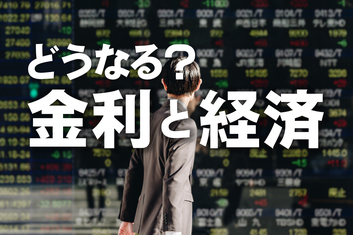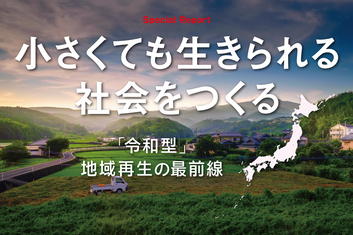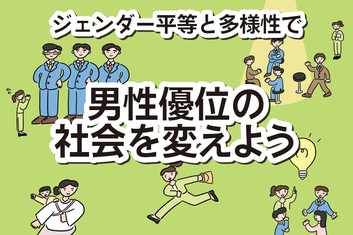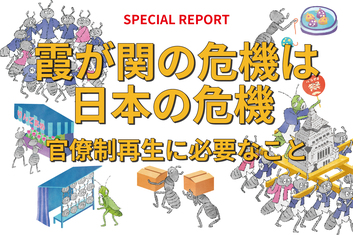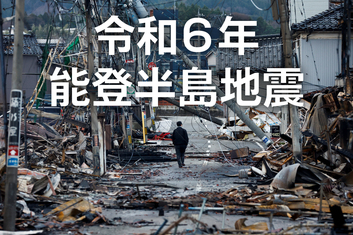What I wanted to get across to the teachers was that their students' disaster awareness was lacking and unless something was done they would be in trouble when the next big tsunami came. And it was almost certain that it would come in their lifetimes. Thankfully, many of the teachers understood that nothing was more important than protecting one's own life and responded to my call to action. Working together we started to develop textbooks and plan lessons at each school in Kamaishi.
"I would wait at home for my parents," said most kids
The tsunami disaster education began in 2006. We started by giving the kids a questionnaire survey with just one question: "You are at home alone when a big earthquake strikes. What would you do?" Most kids said that they would call their mother or wait until their parents got home.
We then asked each child to take home the completed questionnaire to show their parents. We attached a note for the parents asking one question: "Please look at the enclosed questionnaire completed by your child. When the next tsunami comes, do you think your child will survive?"
The adults had become too reliant on the local government and the disaster prevention infrastructure, and as I said before had become complacent. If they didn't change their attitudes, the training we were providing to their children would be only half as effective. So we tried to tap into their love for their children and their willingness to do anything for them.
This worked well. After that the parents and children teamed up on the creation of a disaster prevention map, and having the parents onside helped when it came to holding evacuation drills. Preliminary data as of April 5 suggests that, among parents of elementary school students in Kamaishi, only 31 people lost their lives, and the proportion of parents who died was lower than that of the general population. Changing parents' attitudes to disaster prevention not only made it easier to get through to their children but also had some degree of knock-on effect on the parents themselves.
Incorporating tsunami education in math classes
Our initial goal in the lessons was to get across the reality of tsunami. This was because, although the children had heard of tsunami from their grandmothers and grandfathers, they didn't really think they would experience one themselves.
First we told them how many people had died in past tsunami -- 4,041 in total -- and showed them black-and-white photos, taken from a distance, of the people who had been killed, as well as other related materials. We also appealed to their senses, by showing them a video simulating how fewer people are killed if people flee more quickly once an earthquake strikes.
Using a combination of all these approaches, we drove home to the children that tsunami were real in their lives and not something that happen to other people. After that they were all ears during the lessons.







